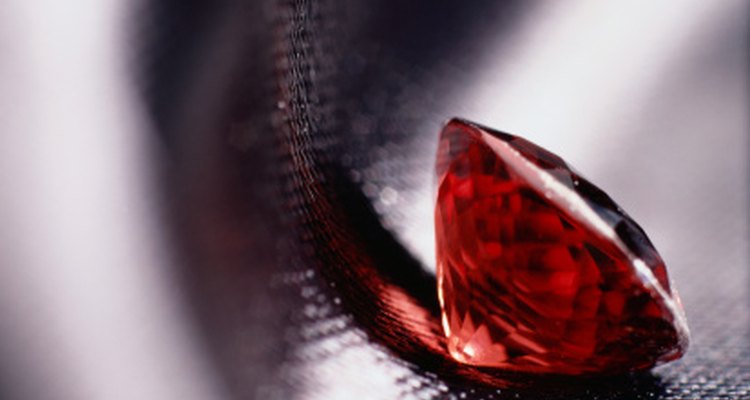
North America is host to a wealth of natural materials that inhabitants have used to create gleaming jewels and ornaments for thousands of years. Various minerals originating among the geology of Kansas have semi-precious status, thanks to the crystals they exhibit and the lucidity of their colors. Cut and polished, such stones become highly salable assets.
Garnets
The kimberlite rocks of Riley and Marshall counties in Kansas are igneous in nature. This gray rock originates deep in the upper mantle of the earth. As it erupts it expands and breaks through the crust to form pipes in small clusters. The explosion forms small craters at the surface that deposit a mixture of igneous and sedimentary rock. Garnets, dark red semi-precious stones with many faceted crystals and a glassy luster, often form within the mix. Stores across Kansas sell these smooth, polished garnets.
Chalcedony
"Chalcedony" is a term for a family of gemstones which are cryptocrystalline in texture, meaning they are comprised of minute crystals. It includes minerals such as chert and flint, which exhibit several different colors. In Kansas chalcedony is present within geodes, or crystal-lined cavities in rocks. They form when minerals in ground water deposit themselves in solution on the walls of rock cavities. Geodes which contain chalcedony are present in Riley, Marshall and Chase counties and in various places in the Flint Hills.
Marcasite
Marcasite is a brittle secondary mineral related to pyrite that forms due to chemical alteration of certain primary minerals. It occurs in Kansas as concretions and crystals in coal, shale and limestone. It is usually a pale yellow, but sometimes appears white and has a bright metallic luster. In Cherokee County crystals have appeared in the lead and zinc mines of the Tri-State district; they are present in all the coal mines of southeastern Kansas.
Sphalerite
Sphalerite, or zincblende, is the major ore of zinc. This transparent mineral is present in the Tri-State district of Cherokee County in Kansas. In its purest form it develops crystals of colors from pale yellow to red. With greater iron content the crystals become darker in color and more opaque.
Related Articles
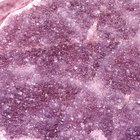
What Is a Pink Amethyst?

What Is Ceylon Sapphire?
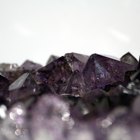
Types of Valuable Crystals
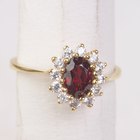
Physical Characteristics of the Ruby ...
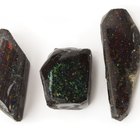
Which Types of Gems Are Most Expensive?

Poisonous Household Spiders in ...

Information on African Rubies
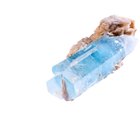
List of the Types of Semi-Precious ...

What Is Mercury Mist Topaz?
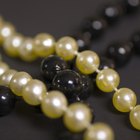
In What Parts of the World Are Valuable ...

Rocks Used in Gravestones

Silver Polish Ingredients

What Is Marcasite Jewelry?

What Is the Meaning of Pearls?

Difference Between Manmade & Natural ...
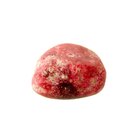
How to Identify Red Jasper

How to Determine the Value of Pearls
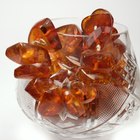
What Is Cognac Amber?

Strontium-Rich Foods
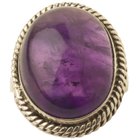
How to Clean a Purple Amethyst Rock
References
Writer Bio
Robert van der Does began writing for various websites in 2010, specializing in wildlife-related articles. He is a British journalist based in central England. He holds a Bachelor of Arts in English and Spanish studies from the University of Wolverhampton and a diploma from the British College of Journalism.
Photo Credits
Ryan McVay/Photodisc/Getty Images